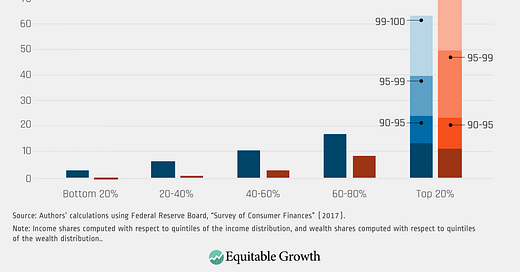The Case Against Endowments, Part I
Are fundraisers the uncompensated arm of the asset management industry?
The best part about working on the frontiers of scientific research is that you get to talk with donors about solutions.
Solutions to climate change. Solutions to cancer. Solutions to water shortages. Global WiFi provided by a network of low altitude geostationary satellites. Being a fundraising professional for three global research powerhouses mea…
Keep reading with a 7-day free trial
Subscribe to The Philanthropy Network Newsletter to keep reading this post and get 7 days of free access to the full post archives.




